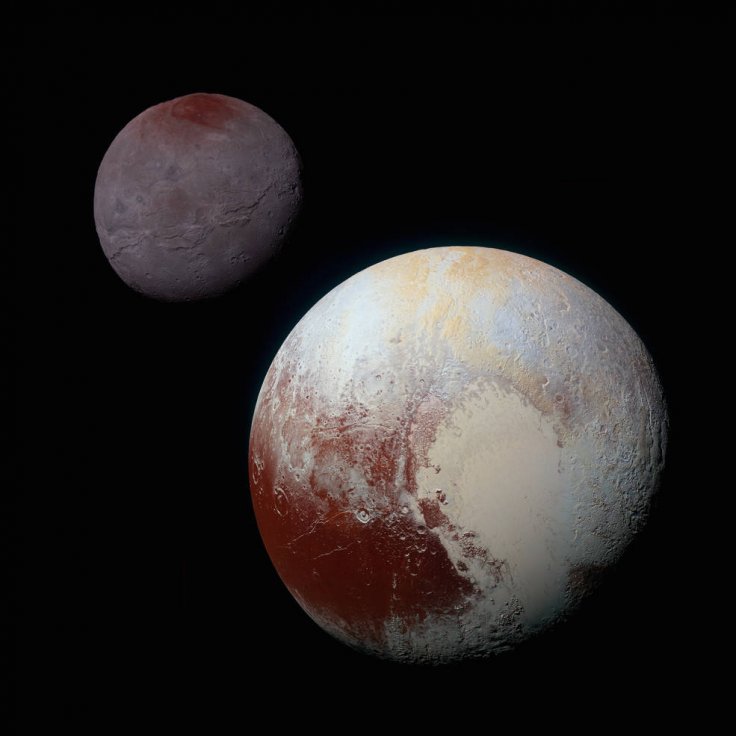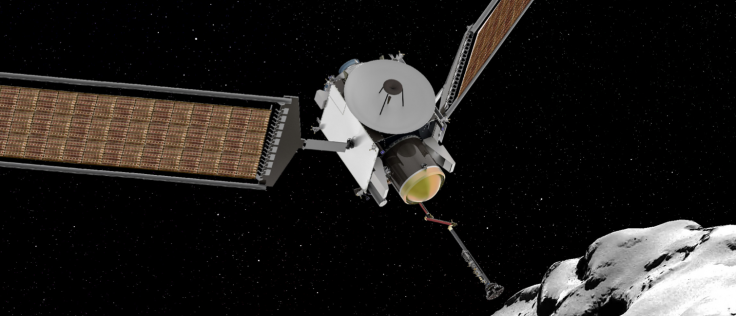
For the New Frontiers robotic mission program, which is a series of space exploration missions by the National Aeronautics and Space Administration (NASA), two operations out of 12 proposals have been selected. These two missions will include the examination of the largest moon of Saturn, Titan and the collection of the samples from a comet's icy nucleus.
In April, NASA received 12 mission proposals to be a part of the solar system exploration operation with a cost of no more than $1 billion. The selected two finalists will receive a funding to develop their concepts by the end of 2018. The space agency will select one of these two missions to fly after the full development in 2019 and then in 2025 the selected mission will be launched. While one will return with comet samples, the other with a drone-like rotorcraft will find out potential landing sites on Titan.
Earlier, space missions like New Horizon mission to Pluto, the Juno mission to Jupiter and the OSIRIS-REx mission, where a spacecraft will reach asteroid Bennu in 2018 and bring samples to Earth in 2023, are some of the previous New Frontiers missions. However, this time also the selected mission have to follow the same footsteps like previous operations.
"This is a giant leap forward in developing our next bold mission of scientific discovery," said Thomas Zurbuchen, associate administrator for NASA's Science Mission Directorate in Washington.
"These are tantalizing investigations that seek to answer some of the biggest questions in our solar system today," he further added.
NASA said in a statement, those two finalists are Comet Astrobiology Exploration Sample Return (CAESAR) and Dragonfly on Titan.

The CAESAR will bring a sample from 67P/Churyumov-Gerasimenko, a comet which was explored by European Space Agency's Rosetta spacecraft, as the explorers wanted to know its origin and history. The comet exploration program was led by Steve Squyres of Cornell University in Ithaca, New York.
NASA space research lab Goddard Space Flight Center in Greenbelt, Maryland will manage CAESAR.

On the other hand, the drone-like Dragonfly will be sent to explore the sites of Titan, including the prebiotic chemistry and its habitability.
From Johns Hopkins University Applied Physics Laboratory (APL) in Laurel, Maryland, Elizabeth Turtle, has been named the lead investigator of the mission.









